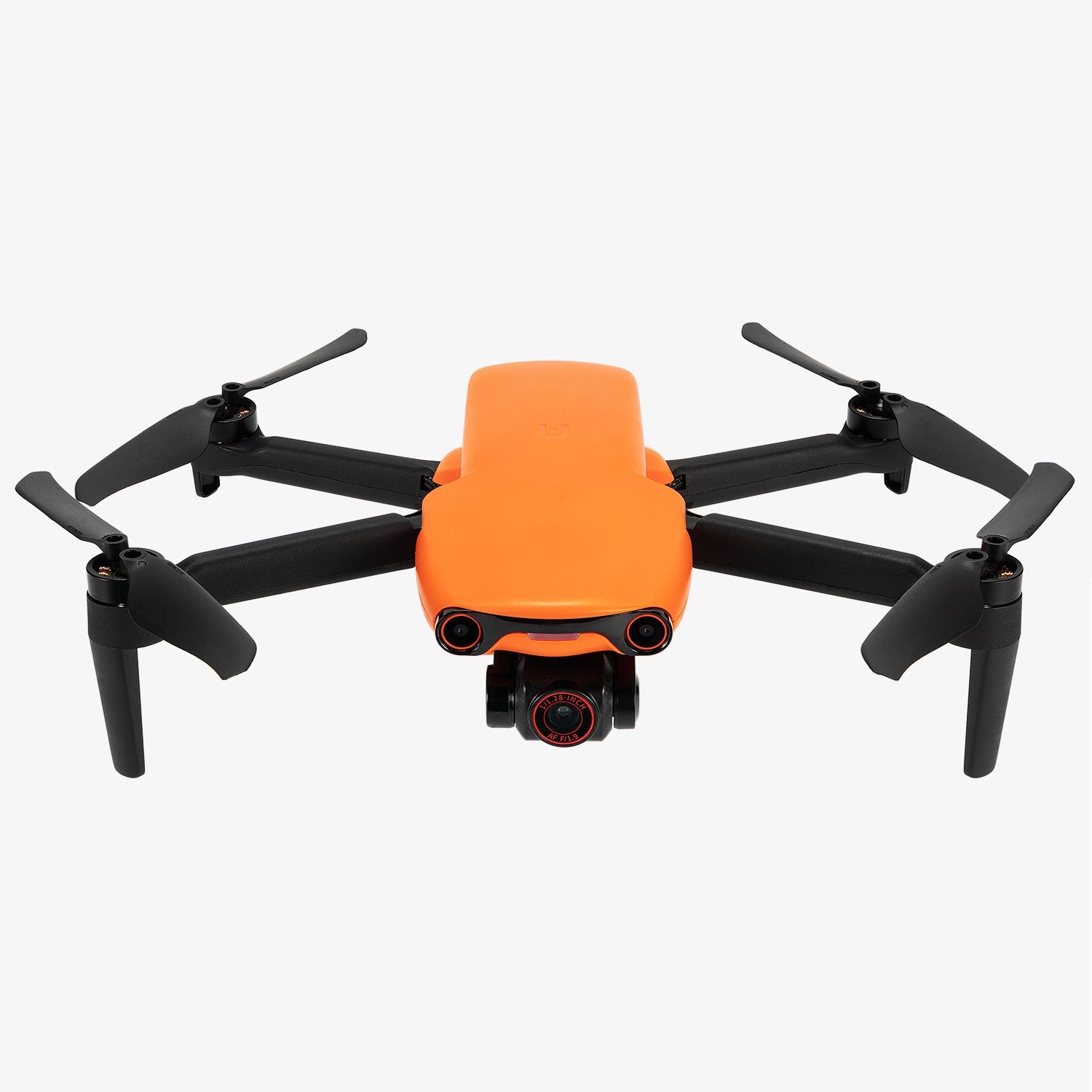Learning to fly a drone can seem daunting, but with the right drone and guidance, it’s easier than you think. High-performance consumer drones like the Autel EVO Nano+ make the learning process straightforward and enjoyable. This guide provides a comprehensive overview of how to fly an Autel drone, covering everything from pre-flight checks to mastering basic maneuvers.
Pre-Flight Checklist: Getting Your Autel Drone Ready to Fly
Before your first flight, a thorough pre-flight inspection is crucial, regardless of your experience level. This ensures a safe and successful flight.
1. Battery Power: Fully Charged and Ready
Ensure your drone battery is fully charged before each flight. A new drone typically arrives with a partially charged battery. Charge both the main and any spare batteries to maximize your flight time and practice opportunities.
2. Remote and Smartphone: Power Up
Charge your remote control and smartphone. Many Autel drone models utilize a smartphone as the display screen or controller interface. A fully charged phone is essential for a smooth flight experience. Autel’s EVO II V3 series features integrated smart controllers with large, bright screens for enhanced visibility.
3. Propeller Protection: Install Guards and Pack Spares
Even with obstacle avoidance, propellers remain a drone’s most vulnerable component. Beginners should install propeller guards and always carry spare propellers.
4. Choose a Safe Takeoff Location
Select a wide-open area, free of obstacles like buildings, trees, and water, for your first flight. As you gain experience, you can explore more complex environments.
5. Weather Check: Optimal Conditions for Flight
Favorable weather conditions are essential for safe drone operation. Ideal conditions include clear skies, good visibility, light winds, and an absence of crowds, animals, and buildings.
6. Pre-Flight Inspection: Final Checks
Before taking off, conduct a final pre-flight check. Hover the drone briefly at eye level, listening for unusual sounds and verifying responsiveness to remote control commands. Ensure you are not in a no-fly zone.
Mastering Autel Drone Controls: Understanding the Basics
Understanding your drone’s controls is paramount. Autel drone controllers typically utilize joysticks and rollers for flight and camera control.
Pitch: Forward and Backward Movement
The right joystick, pushed forward or backward, controls the drone’s pitch, resulting in forward or backward movement.
Throttle: Altitude Control
The left joystick controls throttle, providing power to the propellers for ascent and descent. Engage throttle by pushing forward and disengage by pulling back.
Roll: Left and Right Movement
Pushing the right joystick left or right controls roll, moving the drone laterally.
Yaw: Rotation Control
The left joystick, pushed left or right, controls yaw, rotating the drone clockwise or counterclockwise. This is essential for maneuvering and capturing dynamic shots.
Drone Controller Layout: Familiarize Yourself with the Transmitter
Autel drone transmitters may vary in design, but core components remain consistent.
Right Joystick: Pitch and Roll
The right joystick governs pitch (forward/backward) and roll (left/right) movements.
Left Joystick: Throttle and Yaw
The left joystick manages throttle (altitude) and yaw (rotation).
Beginner Flight Practice: Mastering Essential Maneuvers
Start with fundamental maneuvers like takeoff, landing, forward/backward, and left/right flight. Progress to more advanced techniques:
- Circular Flight
- Square Patterns
- Hovering
- Altitude Variations
- Rotating and Hovering
- Targeted Landing
- Orientation Practice
Beginner Mode/Headless Mode: Simplifying Initial Flights
Some Autel drones offer Beginner or Headless Mode to simplify initial flights. Headless Mode orients the drone relative to the controller, making it easier to control. However, prolonged use can hinder learning fundamental flight principles. Beginner Mode often limits flight distance, height, and speed, providing a controlled environment for practice.
Drone Regulations: Fly Responsibly and Safely
Adhere to all drone regulations for safe and responsible operation.
- Altitude Restriction: Stay below 400 feet.
- Avoid Flying Over People: Do not fly over crowds.
- Local Regulations: Consult community guidelines.
- Maintain Line of Sight: Keep the drone visible.
- Respect No-Fly Zones: Adhere to designated no-fly areas.
- Avoid Night Flights: Unless specifically permitted and with appropriate lighting.
Conclusion
Learning how to fly an Autel drone is an achievable goal. By following this guide, understanding your drone’s controls, and adhering to safety regulations, you can confidently take to the skies and enjoy the exciting world of drone flight. Remember to practice regularly and gradually increase the complexity of your maneuvers as your skills develop.

